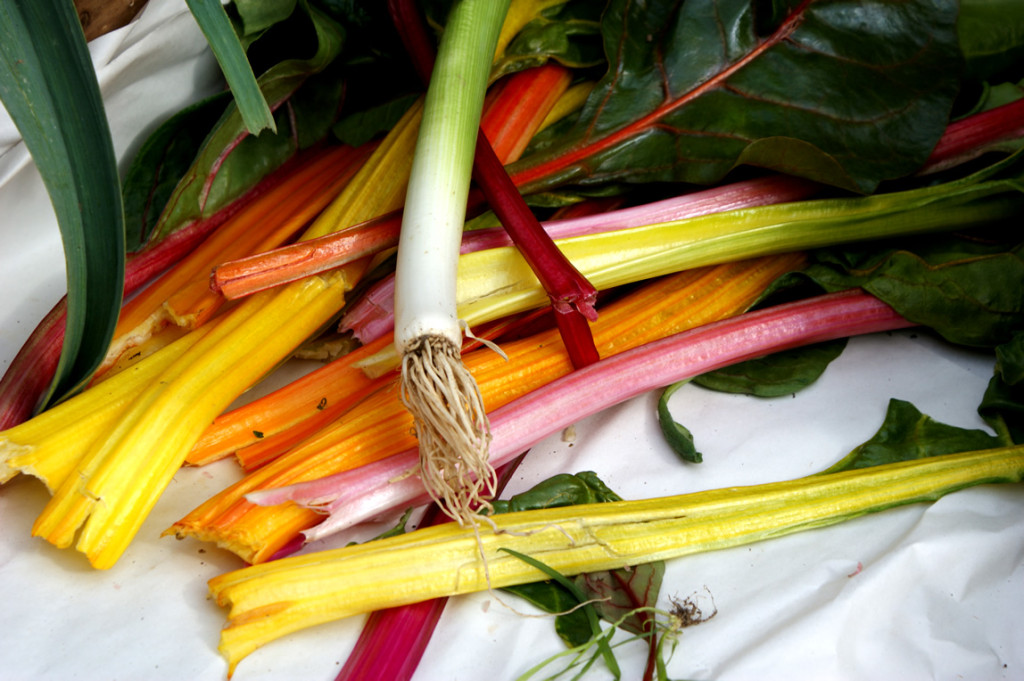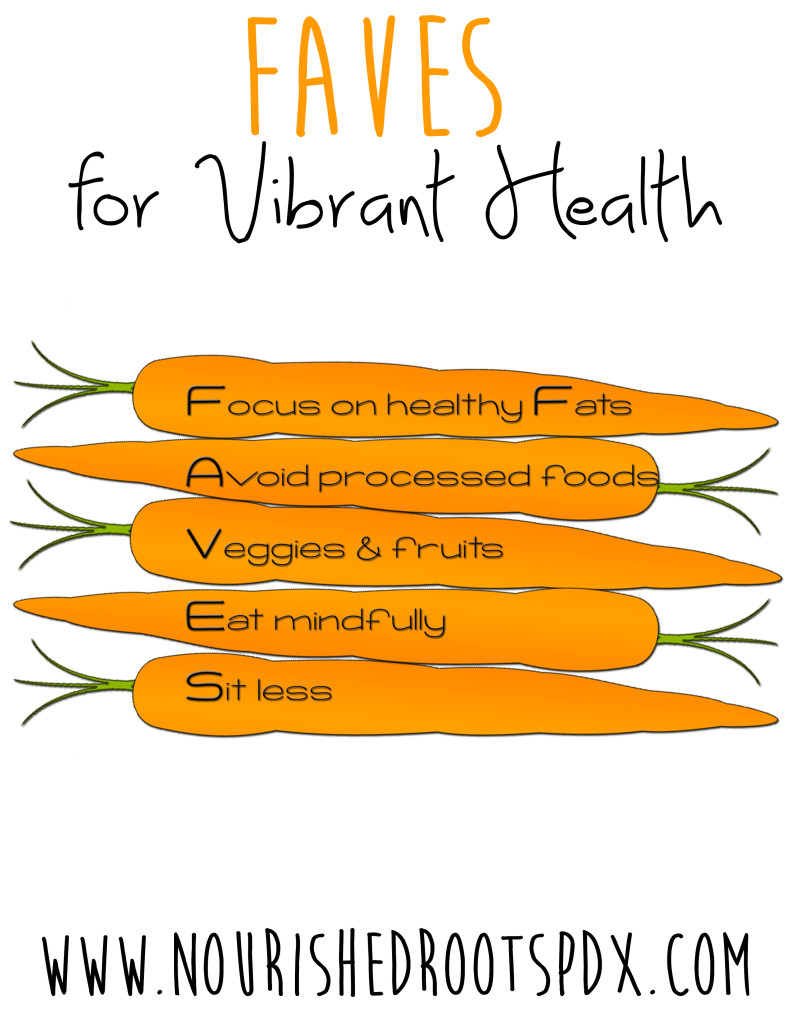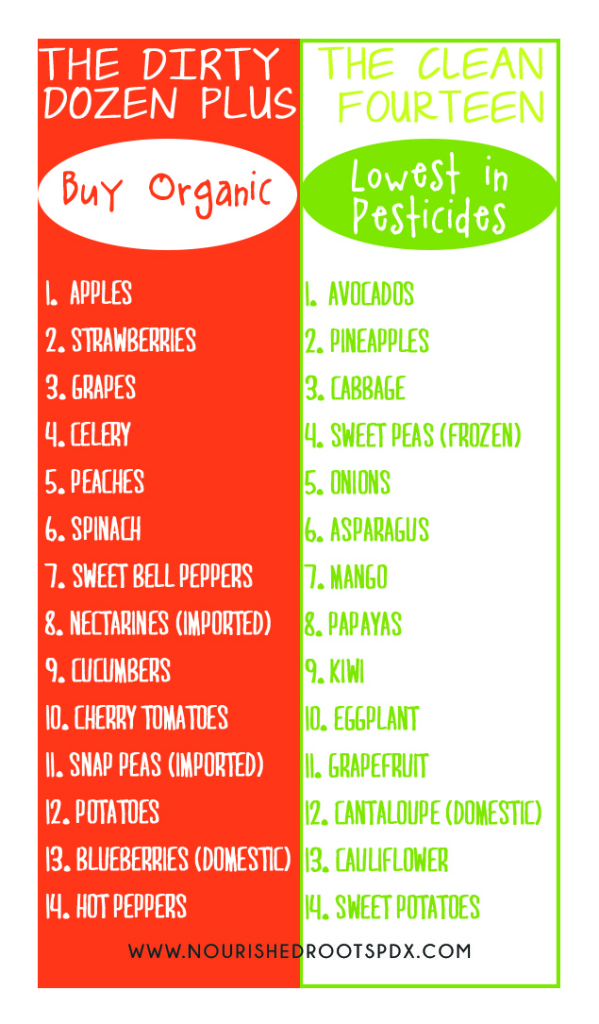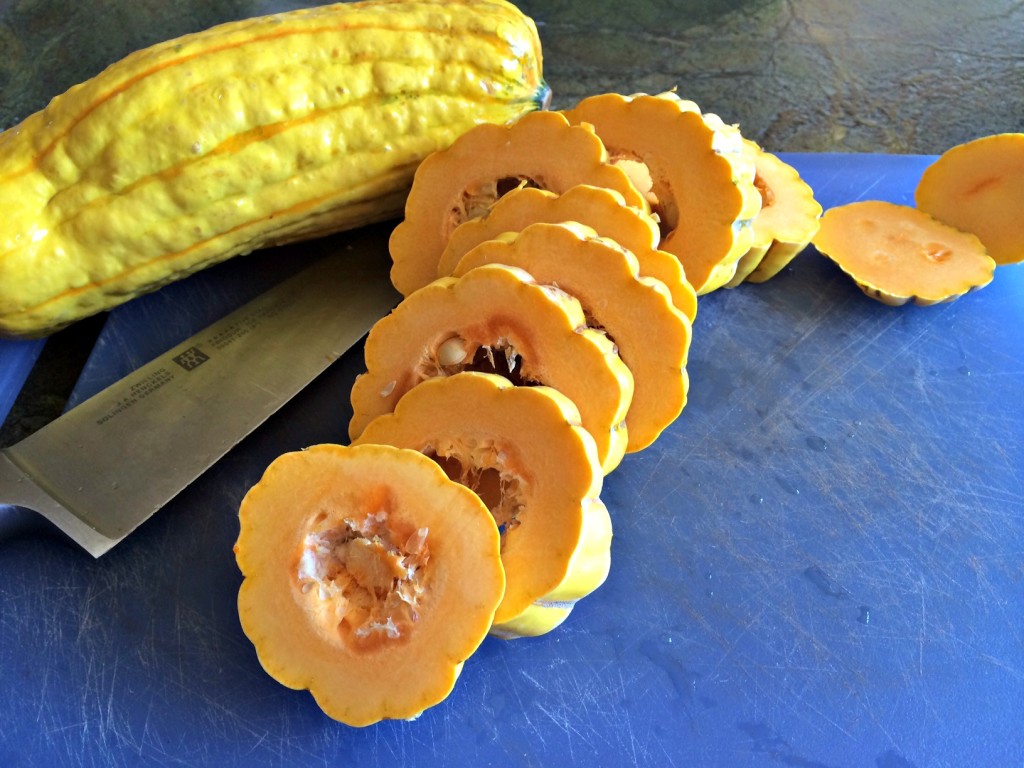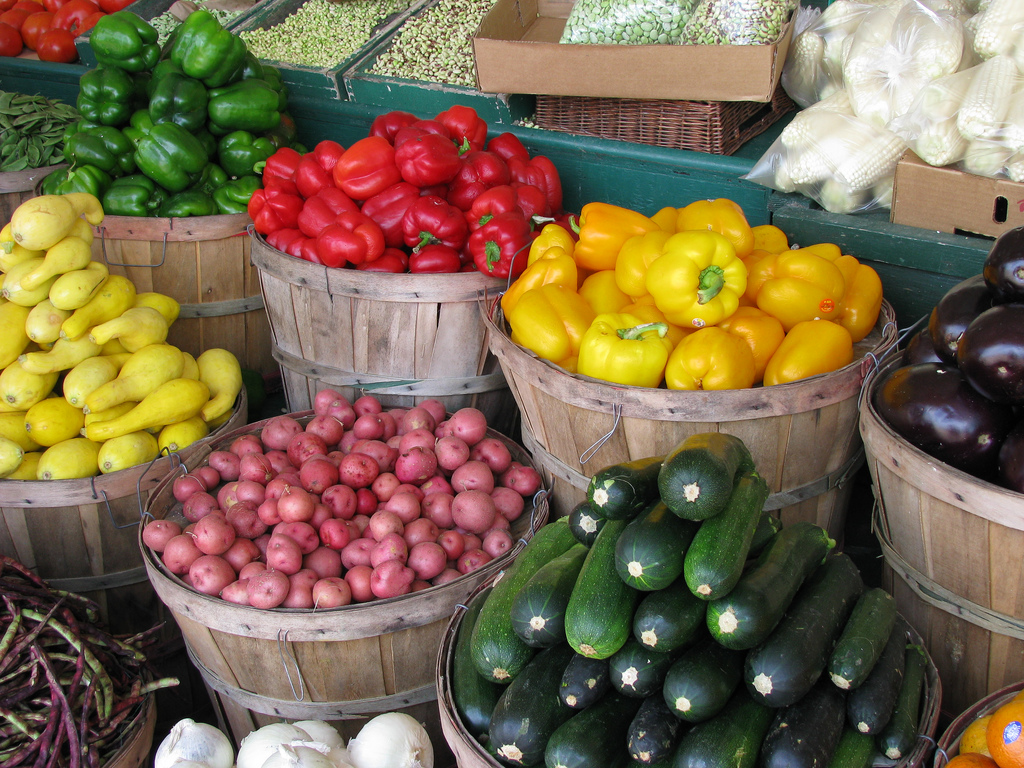In Portland, you often hear people talking about focusing on eating locally, organically grown and seasonally appropriate foods. These buzz words can be overwhelming for someone just trying to get a meal on the table for themselves or their families. It is easy to become confused by the multiple messages about what to eat and where to buy your food. Some have even asked, “What does seasonal eating even mean?” Seasonal eating is a philosophy of eating where your diet is adjusted according to what is currently growing in your own region. Seasonal eating focuses on eating food that will support your body in the particular season you are experiencing. With today’s modern grocery stores, you can find almost any food you desire at any time of the year. This may seem like a benefit of our modern transportation, refrigeration and grocery system but many are discovering the amazing advantages of eating fresh, locally harvested food.
Benefits of Seasonal Eating
- Eating seasonally benefits the environment because less pollution is created and less fuel is used to transport the food to market.
- Eating seasonally is usually less expensive. Food in season is generally more abundant and has less transportation costs so it takes a smaller bite out of your wallet.
- Produce harvested and eaten in season has more vitamins and minerals than foods harvested far away, unripe and then shipped long distances. Seasonally appropriate food also tastes better. Who can forget the joy of biting into a fresh, ripe tomato straight from the vine?
- Eating with the season forces you to eat a varied diet. As foods move in and out of season you are forced to change the food on your plate.
- Eating seasonally connects us to nature. As the variety of produce changes, it forces us to take notice of what is happening in the natural world.
Many areas of the United States have a limited growing season making it virtually impossible to eat locally and in season all of the time. Unfortunately the Northwest is one of those areas. If eating seasonally in the dead of winter seems daunting, there are some steps you can take. Portland has many year round local farmers’ markets- visiting one may spark creative ideas for new foods. You can also join a Community Supported Agriculture (CSA) farm to form a personal connection with your farmer and the foods he/she is harvesting. While it might not always be possible to purchase your seasonal produce locally, the next best thing is to purchase what’s in season in a region in close proximity. This practice will help minimize shipping time and increase flavor.
To find out what’s harvested seasonally in our area, go to www.localharvest.org to find local farmers’ markets and seasonal produce guides.
As Spring approaches, what fresh produce are you looking forward to enjoying?
Photo by Francis Andrew on Flickr.

